 By Ellen Chesler
By Ellen Chesler
Birth control pioneer Margaret Sanger is back in the news this week thanks to GOP presidential candidate Herman Cain, who claimed on national television that Planned Parenthood, the visionary global movement she founded nearly a century ago, is really about one thing only: “preventing black babies from being born.” Cain’s outrageous and false accusation is actually an all too familiar canard—a willful repetition of scurrilous claims that have circulated for years despite detailed refutation by scholars who have examined the evidence and unveiled the distortions and misrepresentations on which they are based (for a recent example, see this rebuttal from The Washington Post’s Glenn Kessler).
It’s an old tactic. Even in her own day, Sanger endured deliberate character assassination by opponents who believed they would gain more traction by impugning her character and her motives than by debating the merits of her ideas. But when a presidential candidate from a major U.S. political party is saying such things, a thoughtful response is necessary.
So what is Sanger’s story?
Born Margaret Louisa Higgins in 1879, the middle child of a large Irish Catholic family, Sanger grew into a follower of labor organizers, free thinkers, and bohemians. Married to William Sanger, an itinerant architect and painter, she helped support three young children by working as a visiting nurse on New York’s Lower East Side. Following the death of a patient from a then all-too-common illegal abortion, she vowed to abandon palliative work and instead overturn obscenity laws that prevented legal access to safe contraception.
Sanger’s fundamental heresy was in claiming every woman’s right to experience her sexuality freely and bear only the number of children she desires. Following a first generation of educated women who had proudly forgone marriage in order to seek fulfillment outside the home, she offered birth control as a necessary condition to the resolution of a broad range of personal and professional frustrations.
The hardest challenge in introducing Sanger to modern audiences, who take this idea for granted, is to explain how absolutely destabilizing it seemed in her own time. As a result of largely private arrangements and a healthy trade in condoms, douches, and various contraptions sold under the subterfuge of feminine hygiene, birth rates had already begun to decline. But contraception remained a clandestine and delicate subject, legally banned under obscenity statutes, and women were still largely denied identities or rights independent of their relationships with men, including the right to vote.
By inventing the term “birth control,” Sanger brought the practice — and by implication, women’s entitlement to sexual pleasure — out into the open and gave them essential currency. She went to jail in 1917 for opening a clinic to distribute primitive diaphragms to immigrant women in Brooklyn, New York, and appeal of her conviction led to a medical exception that licensed doctors to prescribe contraception for reasons of health. Under these constraints she built a network of independent local women’s health centers that eventually came together under the banner of Planned Parenthood. She also lobbied for the repeal of federal obscenity statutes that prevented the legal transport of contraception by physicians across state lines, which were struck down in federal court in 1936.
Sanger sought and won scientific validation for various contraceptive methods, including the birth control pill, whose development she supported and found the money to fund. In so doing, she helped lift the religious shroud that had long encased reproduction and secured the endorsement of contraception by physicians and social scientists. From this singular accomplishment, which some still consider heretical, a continuing controversy has ensued.
Sanger always remained a wildly polarizing figure, which clarifies the logic of her decision after World War I to jettison “birth control” and adopt the more socially resonant term “family planning.” This move was particularly inventive but in no way cynical, especially when the Great Depression brought attention to collective needs and the New Deal created a blueprint for bold public endeavors.
Some have falsely charged that Sanger defined family planning as a right of the privileged but a duty or obligation of the poor. To the contrary, she showed considerable foresight in lobbying to include universal voluntary family planning programs among public investments in social security. Had the New Deal incorporated basic public health and access to contraception, as most European countries were then doing, protracted conflicts over welfare and health care policy in the U.S. might well have been avoided.
Having long enjoyed the friendship and support of Franklin and Eleanor Roosevelt, Sanger also had ample reason to believe the New Dealers would fully legalize and endorse contraception as a necessary first step to her long-term goal of transferring responsibility and accountability for voluntary clinics to the public health sector. What she failed to anticipate was the force of opposition family planning continued to generate from a coalition of religious conservatives, including urban Catholics and rural fundamentalist Protestants, that held Roosevelt Democrats captive much as today’s evangelicals have captured the GOP.
The U.S. government would not overcome cultural and religious objections to public support of family planning through its domestic anti-poverty and international development programs until the late 1960s, after the Supreme Court protected contraceptive use under the privacy doctrine created in Griswold v. Connecticut. At this time, Planned Parenthood clinics became major government contractors, since there were few alternative primary health care centers serving the poor. Today, one in four American women funds her contraception through government programs, many of them still run by Planned Parenthood—a number likely to rise under the Affordable Care Act.
Sanger’s eagerness to mainstream her movement explains her engagement with eugenics, a then widely popular intellectual movement that addressed the manner in which human intelligence and opportunity is determined by biological as well as environmental factors. Hard as it is to believe, eugenics was considered far more respectable than birth control. Like many well-intentioned reformers of this era, Sanger took away from Charles Darwin the essentially optimistic lesson that humanity’s evolution within the animal kingdom makes us all capable of improvement if only we apply the right tools. University presidents, physicians, scientists, and public officials all embraced eugenics, in part because it held the promise that merit would replace fate—or birthright and social status—as the standard for mobility in a democratic society.
But eugenics also has some damning and today unfathomable legacies, such as a series of state laws upheld in 1927 by an eight-to-one progressive majority of the U.S. Supreme Court, including Justices Oliver Wendell Holmes and Louis Brandeis. Their landmark decision in Buck v. Bell authorized the compulsory sterilization of a poor young white woman with an illegitimate child on grounds of feeble mindedness that were never clearly established. This decision, incidentally, was endorsed by civil libertarians such as Roger Baldwin of the ACLU and W.E.B. Dubois of the NAACP, both of whom Sanger counted among her supporters and friends.
For Sanger, eugenics was meant to begin with the voluntary use of birth control, which many still opposed on the grounds that the middle class should be encouraged to have more babies. She countered by disdaining what she called a “cradle competition” of class, race or ethnicity. She publicly opposed immigration restrictions and framed poverty as a matter of differential access to resources like birth control, not as the immutable consequence of low inherent ability or character.
As a nurse, Sanger also understood the adverse impacts of poor nutrition, drugs, and alcohol on fetal development and encouraged government support of maternal and infant health. She argued for broad social safety nets and proudly marshaled clinical data to demonstrate that most women, even among the poorest and least educated populations, eagerly embraced and used birth control successfully when it is was provided.
At the same time, Sanger did on many occasions engage in shrill rhetoric about the growing burden of large families of low intelligence and defective heredity—language with no intended racial or ethnic content. She always argued that all women are better off with fewer children, but unfortunate language about “creating a race of thoroughbreds” and other such phrases have in recent years been lifted out of context and used to sully her reputation. Moreover, in endorsing Buck v. Bell and on several occasions the payment of pensions or bonuses to poor women who agreed to limit their childbearing (many of whom enjoyed no other health care coverage), Sanger quite clearly failed to consider fundamental human rights questions raised by such practices. Living in an era indifferent to the obligation to respect and protect individuals whose behaviors do not always conform to prevailing mores, she did not always fulfill it.
The challenge as Sanger’s biographer has been to reconcile apparent contradictions in her beliefs. She actually held unusually advanced views on race relations for her day and on many occasions condemned discrimination and encouraged reconciliation between blacks and whites. Though most birth control facilities conformed to the segregation mores of the day, she opened an integrated clinic in Harlem in the early 1930s. Later, she facilitated birth control and maternal health programs for rural black women in the south, when local white health officials there denied them access to any New Deal-funded services.
Sanger worked on this last project with the behind-the-scenes support of Eleanor Roosevelt and Mary McLeod Bethune, founder of the National Council for Negro Women and then a Roosevelt administration official. Their progressive views on race were well known, if controversial, but their support for birth control was silenced by Franklin’s political handlers—at least until he was safely ensconced in the White House for a third term, when the government rushed to provide condoms to World War II soldiers.
Sanger’s so-called Negro Project has been a source of controversy first raised by black nationalists and some feminist scholars in the 1970s and later by anti-abortion foes. Respecting the importance of self-determination among users of contraception, she recruited prominent black leaders to endorse the goal, especially ministers who held sway over the faithful. In that context, she wrote an unfortunate sentence in a private letter about needing to clarify the ideals and goals of the birth control movement because “we do not want the word to go out that we want to exterminate the Negro population.” The sentence may have been thoughtlessly composed, but it is perfectly clear that she was not endorsing genocide.
America’s intensely complicated politics of race and gender has long ensnarled Sanger and all others who have sought to discipline reproduction. As many scholars of the subject in recent years have observed, much of the controversy proceeds from the plain fact that reproduction is by its very nature experienced individually and socially at the same time. In claiming women’s fundamental right to control their own bodies, Sanger remained mindful of the dense fabric of cultural, political, and economic relationships in which those rights are exercised.
In most instances the policies Sanger advocated were intended to observe the necessary obligation of social policy to balance individual rights of self-expression with the sometimes contrary desire to promulgate and enforce common mores and laws. She may have failed to get the balance quite right, but there is nothing in the record to poison her reputation or discredit her noble cause. Quite the contrary.
The Reverend Martin Luther King, Jr. may have put it best in 1966, when he accepted Planned Parenthood’s prestigious Margaret Sanger Award and spoke eloquently of the “kinship” between the civil rights and family planning movements. Here is what he said, since it bears repeating:
There is a striking kinship between our movement and Margaret Sanger’s early efforts. She, like we, saw the horrifying conditions of ghetto life. Like we, she knew that all of society is poisoned by cancerous slums. Like we, she was a direct actionist — a nonviolent resister… She launched a movement which is obeying a higher law to preserve human life under humane conditions. Margaret Sanger had to commit what was then called a crime in order to enrich humanity, and today we honor her courage and vision; for without them there would have been no beginning.
This piece originally appeared at New Deal 2.o.
Photo from Wikimedia Commons.

![]()









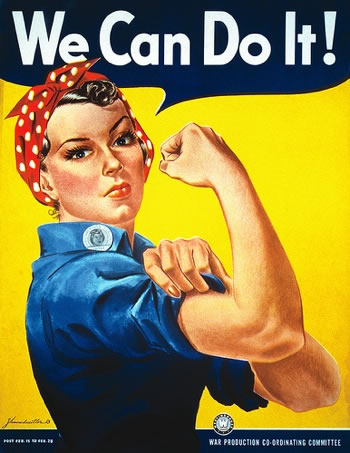



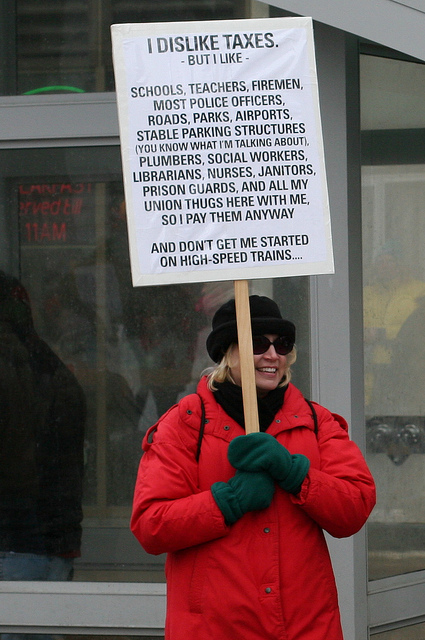



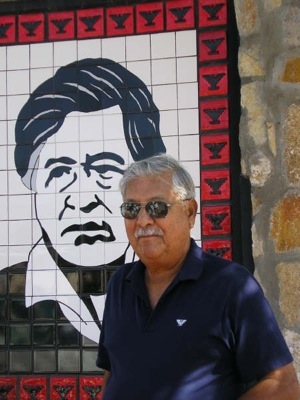



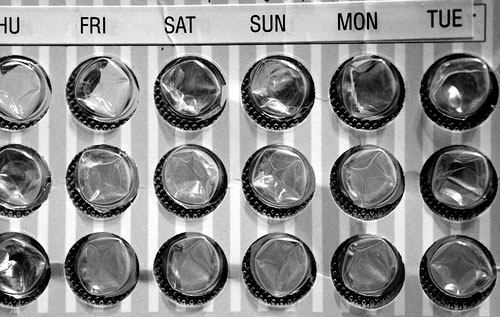


 By Christie Thompson
By Christie Thompson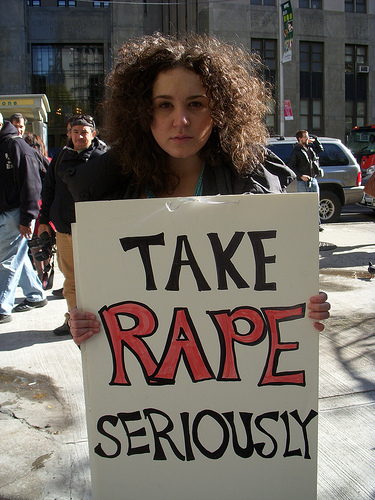
 By Annie Shields
By Annie Shields




 By Amanda Litman, 6/15/2011
By Amanda Litman, 6/15/2011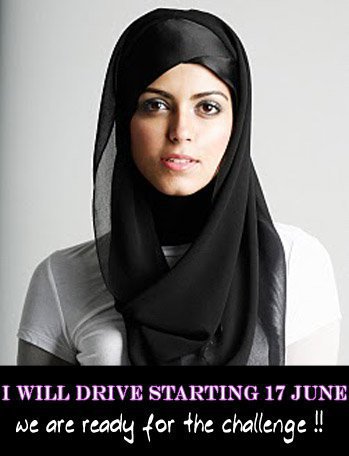
 This Friday, June 17, women in Saudi Arabia will risk arrest by doing something many of us do every day: driving a car.
This Friday, June 17, women in Saudi Arabia will risk arrest by doing something many of us do every day: driving a car.

